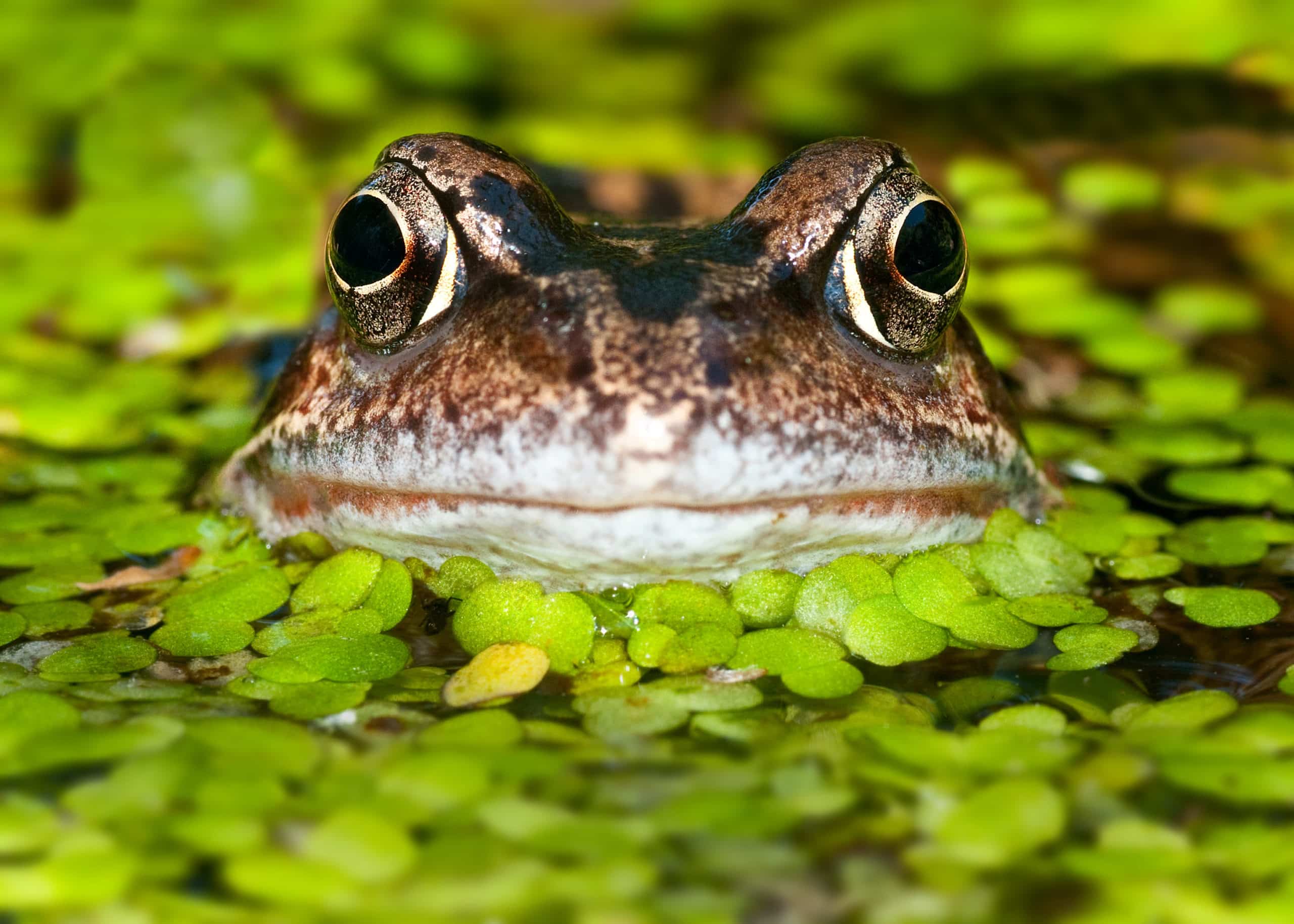TOPLINE
A lethal, skin-eating fungus has been rapidly spreading across African wildlife since the turn of the century, scientists warned Wednesday, shedding light on an unnoticed amphibian plague that has driven more species to extinction or near-extinction than any other pathogen and now risks wiping out even more across the African continent.
KEY FACTS
Bd—Batrachochytrium dendrobatidis—is a highly infectious fungus that kills frogs, toads, salamanders and other amphibians by attacking the skin and triggering heart attacks, and likely existed for decades in amphibian populations before human activity, most likely the wildlife trade, accidentally spread it around the world.
Though Bd, described as the worst disease ever recorded, has wiped out hundreds of amphibian species around the world and caused the decline of hundreds more, species living in Africa were thought to have been spared the scourge.
To the contrary, research published Wednesday in Frontiers in Conservation Science suggests Bd is already firmly established across Africa and has simply gone unnoticed.
Though scattered cases of Bd could be detected from the early 1930s, the fungal infection really began to spread across the continent in 2000 and around a decade later more than 20% of samples tested positive for the infection, rising as high as 74% in some regions.
The researchers said the findings—which coincide with some reports of amphibian die-offs and extinctions—indicate the fungus has been overlooked, rather than absent, and point to a grave threat for Africa’s diverse array of amphibian species, with those in central, eastern and western regions of Africa at the greatest risk.
In areas where the fungus has been monitored more thoroughly, Bd has driven hundreds of amphibian species to extinction or near-extinction and caused population declines in more than 500 species, making it the worst pathogen in history in terms of biodiversity.
McConnell Released From Hospital AfterBroken Rib And Concussion
WHAT TO WATCH FOR
Amphibians matter more than most people realize and losing them could have major consequences. Foremost, amphibians are keystone species in many ecosystems, meaning their loss can dramatically change the environment for the worse. These downstream consequences can have a big impact, such as driving malaria cases up dramatically as there are fewer frogs to keep mosquitos in check. Biodiversity is also an important driver of innovation, notably medicine, and the more species that are lost the fewer opportunities we have to learn from them. For example, salamanders—which possess the remarkable ability to regrow tissues, organs or even limbs—are being studied with a view to unlocking new ways of treating serious wounds.
WHAT WE DON’T KNOW
It’s not clear why Bd only started to take off in Africa from 2000, much later than other continents and decades after other parts of the world had reported major Bd outbreaks. It could just be chance, said study author Vance Vredenburg, a professor at San Francisco State University and the University of California Museum of Vertebrate Zoology, Berkeley. Increased air travel of humans and cargo, which could help transport and spread the fungus, “is also a culprit,” Vredenburg suggested. Climate change could also play a role, Vredenburg said, possibly by making amphibians more susceptible to infection or making the environment more hospitable for the fungus.
CRUCIAL QUOTE
The rapid surge of Bd in 2000 could signal that the fungus is already driving down amphibian populations in Africa, Vredenburg said. “Extinctions of amphibians may already be occurring in Africa without anyone knowing about it,” Vredenburg added. Though eliminating the pathogen will be impossible, Vredenburg said knowing more about how and when it spreads could save afflicted amphibian species. Given that it “appears to be moved globally by humans, we have a moral imperative to get involved and try to manage and mitigate whenever possible,” Vredenburg said.
Amphibian ‘apocalypse’ caused by most destructive pathogen ever (National Geographic)
The Worst Disease Ever Recorded (Atlantic)
By Robert Hart, Forbes Staff
